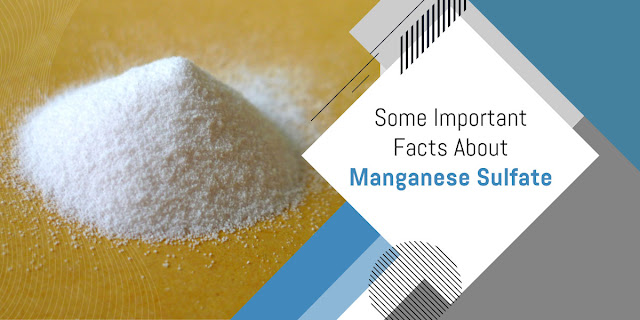Chlorinated Paraffin: Understanding its Uses and Risks
Chlorinated paraffin is a group of chemicals that are widely used in industrial applications. They are known for their flame-retardant properties and are often added to plastics, rubber, and textiles. However, their widespread use has raised concerns about their potential risks to human health and the environment. In this blog, we will take a closer look at chlorinated paraffin Exporter in Ecuador, its uses, and its potential risks.
What is Chlorinated Paraffin?
Chlorinated paraffin is a complex mixture of chlorinated hydrocarbons that contain between 10 and 30 carbon atoms. The degree of chlorination can vary, and it typically ranges from 30 to 70 percent by weight. The primary use of chlorinated paraffin is as a flame retardant in various industrial applications. They are also used as plasticizers in a variety of plastics, rubber, and other materials.
Uses of Chlorinated Paraffin:
Chlorinated paraffin has a wide range of industrial applications, including:
1. Flame retardant: Chlorinated paraffin is used as a flame retardant in a variety of materials, including plastics, rubber, and textiles.
2. Plasticizer: Chlorinated paraffin is used as a plasticizer in PVC and other plastics to improve their flexibility and durability.
3. Lubricant additive: Chlorinated paraffin is added to lubricants to improve their viscosity and performance.
4. Metalworking fluid additive: Chlorinated paraffin Exporter in Ecuador is used as an additive in metalworking fluids to improve their lubricity and cooling properties.
5. Paint and coating additive: Chlorinated paraffin is used as an additive in paints and coatings to improve their adhesion and durability.
Risks of Chlorinated Paraffin:
Despite its usefulness, chlorinated paraffin Supplier in Ecuador poses several risks to human health and the environment. Some of these risks are:
1. Toxicity: Chlorinated paraffin is toxic to humans and can cause skin irritation, respiratory problems, and liver
damage.
2. Environmental hazards: Chlorinated paraffin is persistent in the environment and can accumulate in soil and water, where it can be toxic to aquatic life.
3. Bioaccumulation: Chlorinated paraffin Distributor in Ecuador can accumulate in the tissues of organisms, leading to long-term health effects.
4. Potential carcinogen: Some chlorinated paraffin have been identified as potential carcinogens, which can increase the risk of cancer.
5. Regulatory concerns: Due to their potential risks, chlorinated paraffins have been banned or restricted in several countries, including the European Union and Canada.
Conclusion
In conclusion, chlorinated paraffin Exporter in Ecuador is a complex mixture of chemicals that is widely used in various industrial applications. While it has many useful properties, it also poses several risks to human health and the environment. As such, it is important to use chlorinated paraffin in a responsible manner and to explore alternative flame retardants and plasticizers that are safer and more sustainable.


Comments
Post a Comment